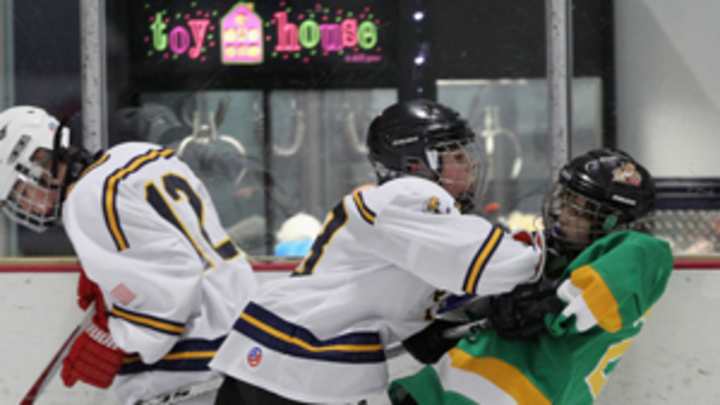Hockey Canada bans checking in peewee division

Checking is a fundamental part of hockey. But when should kids learning to play the game start taking hits on the ice? Hockey Canada says it's when they become teenagers.
On Saturday, Hockey Canada's board of directors voted 42-2 to ban bodychecking from its peewee division. (The group oversees amateur hockey in that country.) Starting in the fall, kids playing in the 11- and 12-year-old division will be banned from checking other kids. Body contact will still be allowed, but it will be up to each province to determine how much contact to allow. Checking will still be part of the game for kids 13 and older.
The reason for the change: protecting kids from injuries, especially to the head. Research was released last year that showed kids who took hits in peewee hockey had three times as many injuries as kids who played in Quebec where hitting at the same level of play is illegal.
"The Canadian Paediatric Society applauds the leadership taken today by Hockey Canada to remove body-checking from Pee Wee level hockey across the country," the organization said in a press release. "This evidence-based decision puts brain safety first, and will enhance player development by focusing on fundamental skills, fun and lifetime fitness."
Hockey Canada isn't the first amateur Canadian hockey organization to ban body checking. It joins Quebec, Hockey Alberta and Hockey Nova Scotia, which had already banned checking in peewee divisions. USA Hockey had changed the body checking age from 12 and under to 14 and under prior to the 2011-12 season.
What do you think: Should checking remain a part of peewee hockey? Why? When should kids who play hockey start taking on-ice hits?
Photo: Bruce Bennett/Getty

